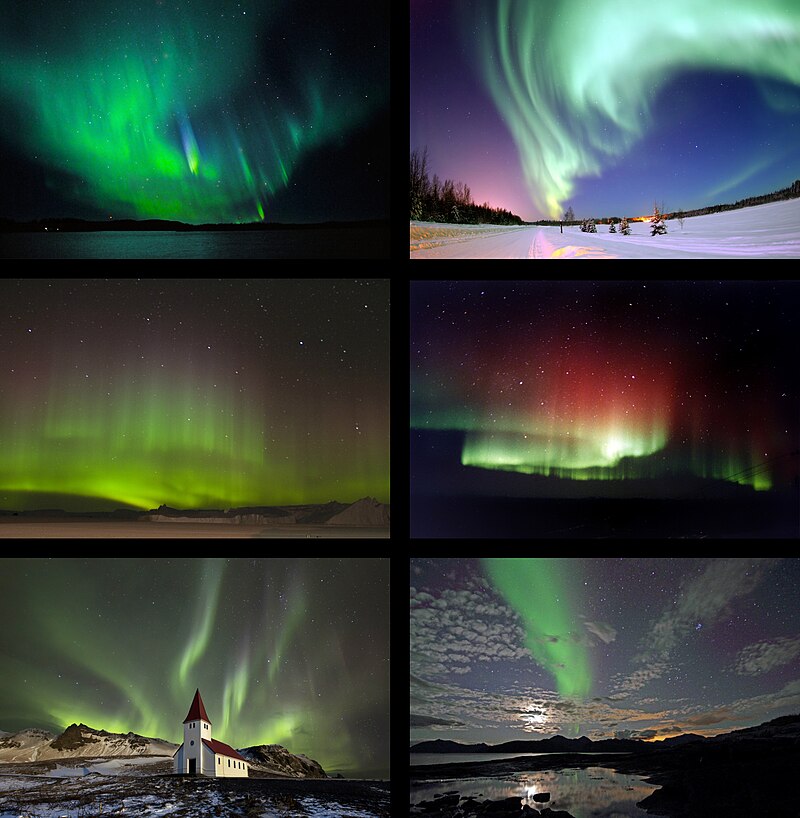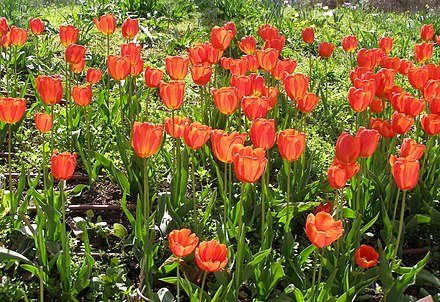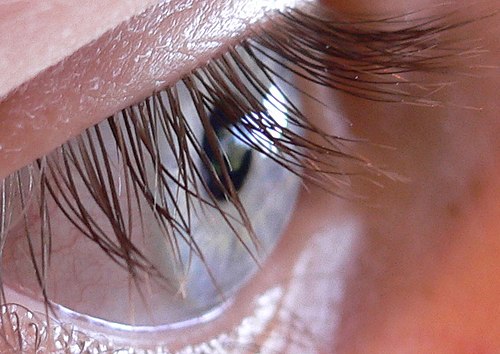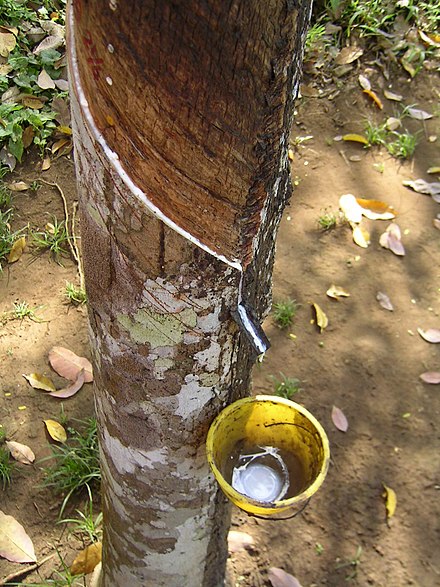Spring
THE WILD CANADIAN YEAR begins with SPRING — a dazzling cinematic journey across the country revealing remarkable never-before-filmed wildlife behaviour and spectacular Canadian landscapes.
March 21st is the first day of spring all across Canada. Life is on the move again, as the whole country begins stirring after the long cold days of winter.
In northern Quebec, the female caribou of the Leaf River herd are on epic 600-kilometre migration to reach their calving grounds. They are racing against the clock to complete their journey before the spring melt begins. Along the way, they must face off against an ancient adversary that hounds them their entire lives – wolves.
Spring is a time of transformation. On the Hay River in the Northwest Territories, 3.5 million tons of ice suddenly breaks free and plows downstream, roaring over a 30-metre waterfall as the river undergoes a thunderous metamorphosis.
One of the most astonishing of all transformations is that of the wood frog. Deep beneath the leaf litter, wood frogs spend the winter frozen solid, suspended somewhere between life and death. Macro time-lapse photography reveals its heart beating for the first time in six months.
The return of migrating animals is another harbinger of the season. The calliope hummingbird — one of Canada’s smallest birds — returns from Mexico to build her egg cup sized nest. And magnificent white pelicans return to their breeding colony on Last Mountain Lake in southern Saskatchewan, where the pelicans fish together using their own form of synchronized swimming to help them bag a big one.
Spring is also the season of birth and new life. From boisterous Arctic fox puppies taking their first steps, to playful East Coast black bear cubs learning to climb trees, to curious sea otter pups rafting in kelp fronds and riding on their mother’s bellies, SPRING offers an intimate and heart-warming look at the lives of these young creatures as they learn to navigate the challenges of life in the wild.
SPRING brings viewers a new story about a unique subspecies of wolves known as sea wolves. These resourceful wolves were filmed, for the first time, hunting sea otters.
SPRING is a unique and important season and this episode of THE WILD CANADIAN YEAR introduces an amazing variety of wildlife characters, all captured in exquisite 4K ultra-high definition. This spectacular journey through the season will take viewers on wildlife adventure unlike any other.
Summer
Summer is the second chapter in the spectacular landmark series THE WILD CANADIAN YEAR, revealing dramatic wildlife stories and showcasing Canadian landscapes at the peak of their splendour.
The journey begins in the offshore waters off the Pacific Coast of Canada, where four thousand Steller sea lion pups have just been born on a remote island. The boisterous sea lion pups are facing the danger of swimming in rough seas – but an even greater threat is lurking in the water — killer whales. An incredible hunt unfolds when a family of killer whales launches a stealth attack on the sea lions.
West of the sea lion rookery, we dive beneath the waves to meet blue sharks, huge stinging jellyfish, and a bizarre-looking fish the size of a pickup truck — the mola mola. These warm-water loving creatures are following seasonal currents that swing closer to Canadian shores in summer.
Summer is a season when young animals are on a steep learning curve. Their parents must shepherd them through the first trials of life, and teach them to master the skills they will need to survive on their own. In the Badlands, a mother golden eagle risks her life to defend her chick from a violent thunderstorm, and in the Columbia Mountains, mountain goat moms watch as their kids get to practice their fancy footwork on vertical cliffs as they make their first trip to a mineral lick.
Summer is also the best season to experience some unique seasonal landscapes. In southern BC, in Canadas only true desert, a bizarre Spotted Lake emerges in summer. As the sun evaporates the lake water, highly concentrated minerals are exposed, creating a stunning mosaic of yellow, white and green ponds. And in northern Saskatchewan, summer weather helps shape the extraordinary Athabasca Sand Dunes, a vast swath of sand covering 50 thousand hectares in the middle of the boreal forest. This mini-Sahara has seldom been filmed before.
In the Arctic polar bears and three thousand beluga whales converge around the mouth of a river emptying into Hudson Bay. The whales have come here to give birth to their young in the warm, sheltered waters — but for the bears this is a unique hunting opportunity. Only a few, 500-kilo polar bears have learnt a daring hunting technique never before captured on film.
Revealing incredible landscapes, extreme weather, and dramatic behaviour in the lives of Canadas most iconic wildlife, summer is an exciting and intense chapter in The Wild Canadian Year. All captured in stunning 4K ultra-high definition, our journey through summer reveals the season as never seen before.
Fall
Fall, the third episode of THE WILD CANADIAN YEAR, chronicles a remarkable season of change when the great Canadian wilderness is transformed by bursts of spectacular colours, and magical forests of mushrooms emerge beneath the forest canopy.
Fall is a time of great migrations — three-quarters of all of Canada’s bird species fly south. On the vast tidal flats of the world-famous Bay of Fundy, massive flocks of semipalmated sandpipers feast and gather strength for their epic journey south. The world’s biggest tides provide an all-you-can-eat buffet for the hungry travellers, but as the waters rise, the resting hordes become targets for swift and powerful hunters: peregrine falcons. The sandpipers rise up in swirling, ever-shifting giant flocks that confuse the falcons. But the falcons have a hunting strategy that rarely fails.
With the harsh winter weather ahead, Fall is a critical time to prepare. The appearance of acorns and hazelnuts in the eastern woodlands send chipmunks, Canada’s master hoarders, into overdrive. With the seasonal clock ticking, they must race to gather winter supplies — and protect them from cheeky — and sticky-fingered — rivals.
Further west, the majestic Rocky Mountains provide a spectacular backdrop for an extraordinary seasonal courtship. Fall is the time of the rut for the continent’s largest deer species — moose. They engage in an intimate mating ritual, a tender encounter rarely seen between two titans of the North.
Beneath the turbulent waters of the rugged BC coast in the wild Canadian Fall, the giant Pacific octopus, the largest of its kind, broods her clutch of 80,000 eggs. The female octopus has spent the past 6 months tending her eggs and in the end, makes the ultimate sacrifice to ensure her young’s survival. Also, in the seasonless depths of the Pacific, ancient enemies, the leather sea star and swimming anemone, engage in a bizarre and compelling dance between predator and prey.
For northern gannet chicks, fall is the season for a dangerous rite of passage. On the eastern edge of Newfoundland, thousands of young gannets cling to the cliffs. But it’s time for them to leave the safety of the nest and leap into the abyss. To reach the cliff edge they must run a deadly gauntlet of territorial, and fiercely aggressive, neighbours.
In Fall, every wild inhabitant of Canada knows it’s a brief but pivotal moment before winter arrives to The Wild Canadian Year.
Winter
THE WILD CANADIAN YEAR’s fourth episode — Winter — reveals stories from the harshest time of year, as Canada’s landscapes are transformed by the cruel and dramatic beauty of snow and ice. For all wild animals, it’s a challenge to adapt to winter’s harsh conditions.
Winter weather creates severe conditions across the country, including one of Canada’s most remote and far-flung islands — a crescent-shaped sliver of land 300 kilometres off the coast of Nova Scotia: Sable Island. Here 400,000 grey seals have come ashore to give birth and mate. The tiny seal pups are born into a world of howling, gale-force winds, blowing sand, and blizzards. Living alongside them are the remarkable wild horses of Sable Island.
Although harsh, winter is also a beautiful season. In the Arctic, the sun sets and will not rise again for months, and the spectacular purple and green dance of the aurora borealis fills the night skies.
Finding food is a challenge at this time of year. In central Saskatchewan, sleek river otters punch through the ice to go hunting in the icy depths; in northern Quebec, barren ground caribou dig through a metres-thick blanket of snow to uncover tiny bits of a dry lichen, and on Prince Edward Island, a red fox relies on her keen sense of hearing to pinpoint the exact location of mice and voles moving beneath the snow and then dive after them nose-first.
While snow does make life harder for some it provides surprising protection for others. Meadow voles live in tunnels they burrow under the snow to escape the cold, and the attention of aerial hunters like grey owls. But there are slender hunters like the short-tailed weasel that can still hunt them through the tunnels of this subnivean world.
One of the more extreme strategies that animals have evolved to deal with severe conditions of winter is hibernation. In the boreal forests of Quebec, a mother black bear slumbers in a large underground chamber buried in many metres of snow. She has given birth to two tiny cubs. Bear mothers give birth to some of the smallest young in relation to their body size of any mammal, and the adorable cubs are barely larger than a squirrel.
Winter is the longest season in Canada. In the north, it lasts for half the year or more. And a few lucky species are supremely adapted to it. In the shadows of the Yukon forest, the elusive Canadian lynx use their huge snowshoe-shaped paws to glide silently across the snow, stealthily manoeuvring through the woods to hunt snowshoe hares — an event never before filmed in the wild. Wolves too thrive in winter. In northern Quebec packs of wolves hunt the barren ground caribou as they struggle to find food in the deep snow of the northern boreal forest.
Winter introduces an amazing array of animal characters and opens a window onto the most intimate and dramatic moments of their lives. It is the make or break season for most animals — filled with drama, excitement, hardship and wonder. Winter offers a spectacular journey through the season that will take you on a wildlife adventure unlike any other.




















